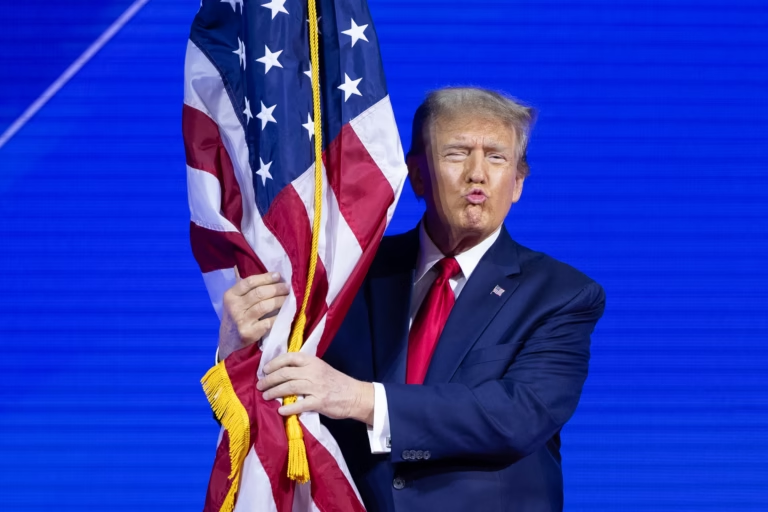In the aftermath of President Donald Trump’s recent address to Congress, the Democratic Party finds itself at a crossroads, grappling with internal divisions that reflect contrasting visions for its future. The speech not only highlighted the ideological rift between the party’s establishment and its progressive wing but also underscored the challenges Democrats face in presenting a unified front against the current administration.

ASHINGTON, DC – MARCH 04: Democrats hold protest signs as U.S. President Donald Trump address a joint session of Congress at the U.S. Capitol on March 04, 2025 in Washington, DC. Win McNamee/Pool via REUTERS
Establishment vs. Progressives
During Trump’s address, the ideological chasm within the Democratic Party was on full display. While some members chose to uphold traditional decorum, others opted for more confrontational tactics. Notably, Representative Al Green of Texas was escorted out after vocally protesting during the speech, an act that drew both criticism and support from within the party.
In a coordinated effort to signal dissent, many Democratic women donned pink attire during the address, aiming to draw attention to women’s rights and express opposition to policies they perceive as detrimental to women’s interests. Additionally, some members remained seated during applause lines and held signs with messages such as “False” and “Save Medicaid.” While these acts were intended to convey resistance, they also sparked discussions about their effectiveness and the potential for such gestures to overshadow substantive policy debates.
Calls for Decorum Amidst Dissent
The disruptions during the speech prompted introspection within the party. Figures like Senator John Fetterman of Pennsylvania criticized the outbursts, suggesting that such actions might inadvertently bolster Trump’s image by making him appear more “presidential and restrained.” This sentiment reflects a concern that without a cohesive strategy, spontaneous protests could backfire, undermining the party’s credibility and alienating potential supporters.
Amidst these internal debates, the Democratic Party is grappling with the challenge of articulating a clear and compelling alternative to Trump’s agenda. The varied responses—from symbolic attire to vocal protests—highlight a lack of consensus on the best path forward. This internal struggle underscores the urgency for the party to reconcile its diverse factions and present a united front as the nation approaches critical legislative battles and the next electoral cycle.
In conclusion, the Democratic Party’s reaction to President Trump’s congressional address has illuminated deep-seated divisions and the pressing need for a cohesive strategy. Balancing passionate advocacy with effective opposition requires introspection and unity. As the political landscape evolves, the party’s ability to navigate these internal dynamics will be crucial in shaping its future and influencing the direction of national policy.

